How Lactobacilli Bacteria Prevent Tooth Decay & Oral Thrush
Most people are usually quite surprised when they are told that antibiotics prescribed by doctors for infections are not selective in the species of bacteria they kill. Antibiotics kill all species of bacteria in your entire digestive tract, and those colonies of bacteria never fully recover after a round of antibiotics have been prescribed. In other words, antibiotics are to your intestinal microbiota what a hurricane is to a coastal village. They wipe out everything in their path, causing irreversible destruction.
Imbalanced intestinal biota caused by previous usage of antibiotics is now believed to be involved in a variety of disease processes, including irritable bowel syndrome, autism, attention deficit disorder, depression, autoimmune dysfunction, and even obesity. This is just one reason why researchers, doctors, and patients are seeking alternatives to antibiotics for getting rid of bacterial infections.
A new and rapidly growing area of medical research involves the use of some “good” species of bacteria -- oftentimes referred to as probiotics -- to decrease the overgrowth of bacteria and fungi that cause disease. The interesting thing about this is that the knowledge that probiotics can help fight bacterial and fungal infections seems to be something our ancestors knew for centuries, before anti-biotics were ever invented. It just so happens that ancient lacto-fermented foods and beverages traditionally used to promote longevity and resistance to disease are high in probiotics that fight infections as well as tooth decay.
In by the departments of Odontology, Cariology, and Endodontics at Umea University, scientists tested the ability of a variety of lactobacilli strains to inhibit the growth of cavity-causing streptococcus mutans and candida albicans in a test tube. All of the tested lactobacilli strains reduced candida growth but the effect was somewhat weaker than for cavity-causing mutans streptococci. This could mean that larger amounts of lactobacilli bacteria are needed to effectively reduce overgrowth of mutans streptococci.
According to the authors of :
“The predominant strategy for caries prevention relies on influencing the re- and demineralisation processes, mainly by using fluorides but also other factors involved in the caries process may be targeted. One alternative could be to promote colonization of caries inhibiting bacteria and in this aspect, probiotic bacteria constitute a novel concept that needs further exploration.”
This simply means that the purpose of the study was to investigate other means besides using toxic fluoride to prevent cavities and remineralize the teeth. Since presence of candida albicans (a yeast) as well as streptococcus mutans (a bacteria) are highly predictive of presence of tooth decay, targeting these species of microorganisms might be a safer, more effective way of preventing and curing tooth decay. Because antibiotics are not selective in what species of bacteria they kill, they would not be a wise choice. But since certain strains of probiotics can colonize the mouth and crowd out overgrowth of caries-causing microorganisms, they might be able to treat tooth decay. Indeed, the results of this study support this idea.
The particular strains of bacteria used in the study were L. plantarum 299v, L. plantarum 931, L. rhamnosus GG ATCC 53103, L. rhamnosus LB21, L. paracasei F19 and L. reuteri PTA 5289, L. reuteri ATCC 55730 and L. acidophilus La5. Incidentally, these are the strains of bacteria that are present in traditional fermented foods such as cheese, yogurt, and kefir made from milk that has not been cooked (pasteurized), as well as cultured vegetables and cultured vegetable juice.
Some companies now produce oral lozenges and chewing gums (sweetened with stevia instead of the potent neurotoxin aspartame) containing these strains of probiotic bacteria. Since the FDA and the ADA have not recognized the existence of probiotic therapy for the prevention and reversal of tooth decay, don’t expect the labels of any probiotic products to make any health claims anytime soon.
The exciting news is that you don’t have to wait for “more research” and the invention of a magic bullet drug to start taking advantage of this ancient knowledge about the beneficial qualities of lacto-fermented foods and the “good” bacteria they contain. Learn to make your own fermented foods and beverages or purchase them from your local food co-op, farmer’s market, or Whole Foods. If you have gums that bleed when you floss your teeth or if you suffer from a lack of mineralization of your teeth, look for probiotic lozenges that can provide an extra probiotic boost in addition to the benefits of probiotic foods. Since probiotics don’t have the harmful side effects that fluoride does, this is a safe therapy to try.
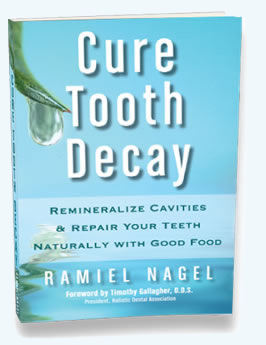


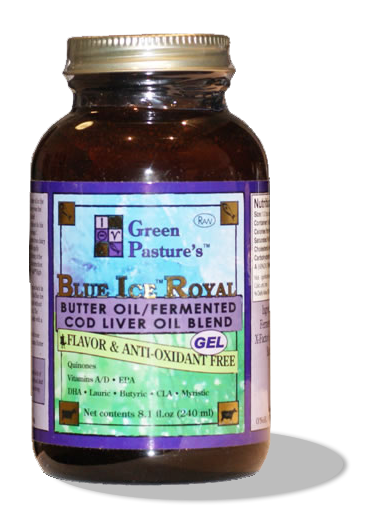
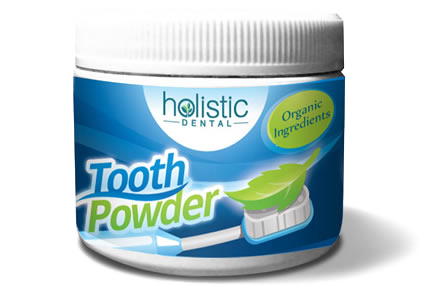
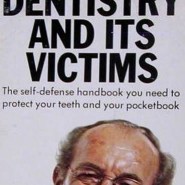 The One Thing that Shocks Dentists
The One Thing that Shocks Dentists Diet Recovery: e-Book Review
Diet Recovery: e-Book Review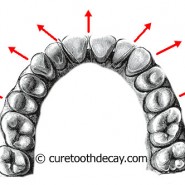 Assembly Line Orthodontics Can Damage Faces
Assembly Line Orthodontics Can Damage Faces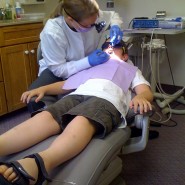 Pediatric Dentistry – Possible Inadequacies
Pediatric Dentistry – Possible Inadequacies Magical Toothpaste Too Good To Be True
Magical Toothpaste Too Good To Be True Fluoride: A Toxic Waste, Part 2
Fluoride: A Toxic Waste, Part 2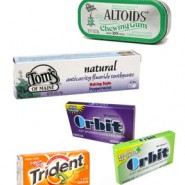 Sugar Alcohols and Tooth Decay
Sugar Alcohols and Tooth Decay Mounting Environmental Mercury Concerns – But What About Our Mouths?
Mounting Environmental Mercury Concerns – But What About Our Mouths?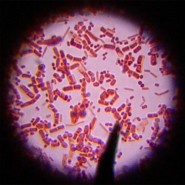 Bacteria Does Not Cause Disease – Raw Milk And Tooth Decay
Bacteria Does Not Cause Disease – Raw Milk And Tooth Decay Type 2 Diabetes Epidemic in Children; Dentistry and Tooth Decay
Type 2 Diabetes Epidemic in Children; Dentistry and Tooth Decay



